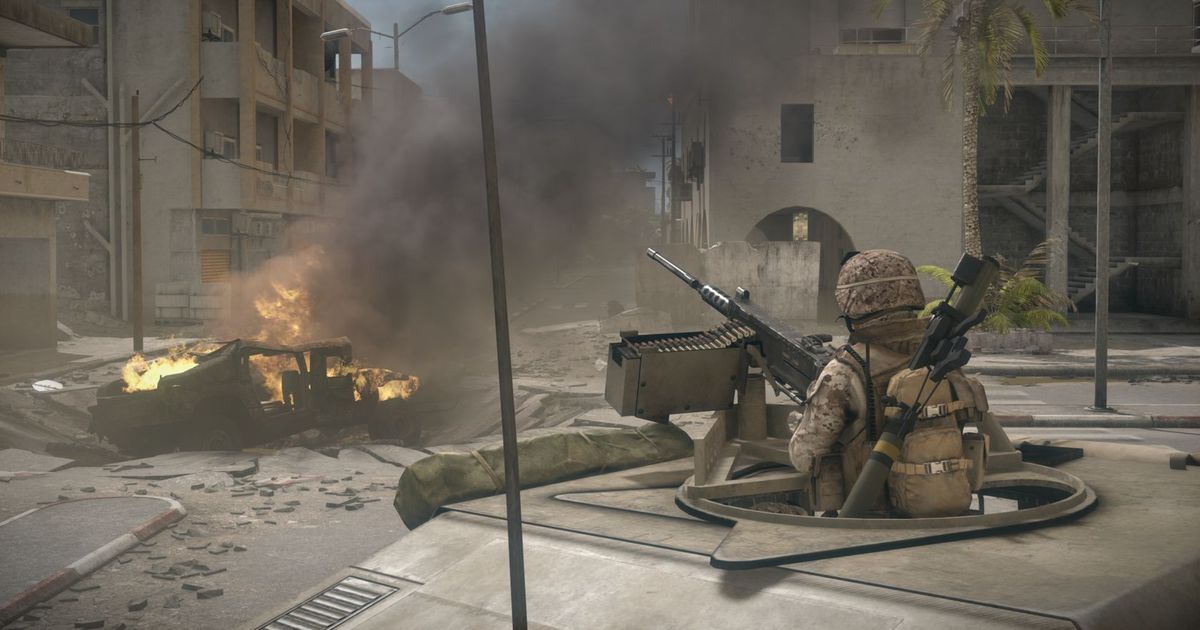The increase in food prices continues, the increase in the price of certain products already reaches 98%, as calculated by the Latvian Traders Association (LTA), which regularly compares the prices of consumer goods in stores.
The association calculates the average prices in the price tags indicated in the stores of retail companies, without calculating the stock prices set by the manufacturers.
LTA recorded that in the dairy products group, compared to December of last year, there is an increase in prices for all products, the biggest increase is for kefir, which has become more expensive on average by 37%. The price of milk and cream has increased by 21%. Prices for cheese, butter, cottage cheese, sweet cream have increased by 12-14%. Only the price of curd cheese “Kārums” has remained unchanged – 0.38 cents on average. The price of eggs has increased by an average of 51% and now 10 M size eggs can be bought in stores for 2.54 euros instead of the previous 1.69 euros.
For meat products, the price of sausages and hot dogs has increased by 12-17% in the same period, while the price of chicken and broiler has increased by 26% – up to 3.97 euros per kilogram. The smallest increase – 3% – for anchovies.
In the category of bread and cereal products, the average price of white bread in March this year was 1.01 euros, in December 2021 it was 0.57 euros, an increase of 77%. The price of wholemeal bread has increased much less – by 14%. The average price of oatmeal has increased by 39%, buckwheat is now 25% more expensive. The price of rice has decreased and now you have to pay 1.79 euros per kilogram, while in December -2.69 euros. Pasta and peas have also become cheaper.
Compared to December 2021, salt experienced the biggest price increase – instead of the previous 0.56 euros, it cost 1.11 euros in March. Semolina also has a significant increase – by 74%. However, the price of sugar only increased by 8%.
Fruit and vegetable prices are the friendliest. In this group, prices of almost all the most popular ones have decreased or remained unchanged. The only increases are for bananas and tomatoes, which are popular in price wars. Only oil prices have increased – rapeseed by 24%, sunflower – by 14%.
LTA President Henrik Danusevic states that the impact of the Russian-Ukrainian war on the economy in general can be described as stagflation. This means lower economic growth and higher inflation. These are negative effects, of course, but some sectors, including food, may recover in the short term. “The sanctions imposed against Russia mean the almost complete isolation of the participants in the trade in goods and capital in many different ways. Due to the sanctions, the fall in the value of the ruble and a possible recession, Russia de facto disappears as a trade partner of European countries. A similar situation will be with Ukraine as a trade partner, because the war with all the resulting consequences are likely to reduce trade. A grain export ban is already in place. Rising fuel prices are a blow to Europe and it is hard to say how the current crisis will affect Europe’s energy transition project. It is likely to slow it down in the short term and speed it up significantly in the long term. The influx of refugees does not have a clear economic impact: in the short term, it is related to increased public spending and the simultaneous development of certain groups of companies and an increase in the income of the poorest households, as well as a wider supply in the labor market. was accepted previously. Growth at the beginning of the year was probably higher than previously estimated, however, the average growth forecast was reduced to 3%. At the same time, inflation will increase, reaching its peak in a few months,” comments H. Danusevičs.
He continues that the possible second-order effects of higher fuel prices (no cut in indirect taxes) as well as the new wave of energy (gas, electricity) price increases increase inflation. “We do not know the peak of oil prices (negotiations on the lifting of the embargo on Iranian oil imports have been accelerated). However, the average inflation in 2022 will increase to 8.4% with a peak of 9.5% in May-June. The war between Russia and Ukraine will deepen the already high pressure on food prices. However, this effect will not be a quick, sharp increase in prices, but will “broaden” over the coming months. Agricultural production costs will also increase due to the increase in gas prices, which will also be reflected in the further increase in nitrogen fertilizer prices. There are also industries where the influx of refugees from Ukraine may temporarily have a positive effect on demand. This mainly applies to industries that produce essential goods, such as food, beverages, textiles, tobacco or even pharmaceuticals. The war has significantly increased demand for pasta, rice and canned goods, according to Nielsen data. Current geopolitical events are changing consumer behavior.At the same time, the increase in demand is not as high as at the beginning of the pandemic. the request is related to concerns caused by the outbreak of war and the possible threat of war to Latvia. Shoppers fear that certain items may not be on the shelves, and when they see that they are out of stock because others are buying them, they go shopping themselves. The increase in food prices is influenced by the increase in the price of grain on the world markets, as well as the price of flour. In addition, there is an increase in fuel prices, increasingly higher prices of energy, foil, paper and other components, which affect the final price of goods in the store. So we can forget about cheap food this year,” says the president of LTA.
–
